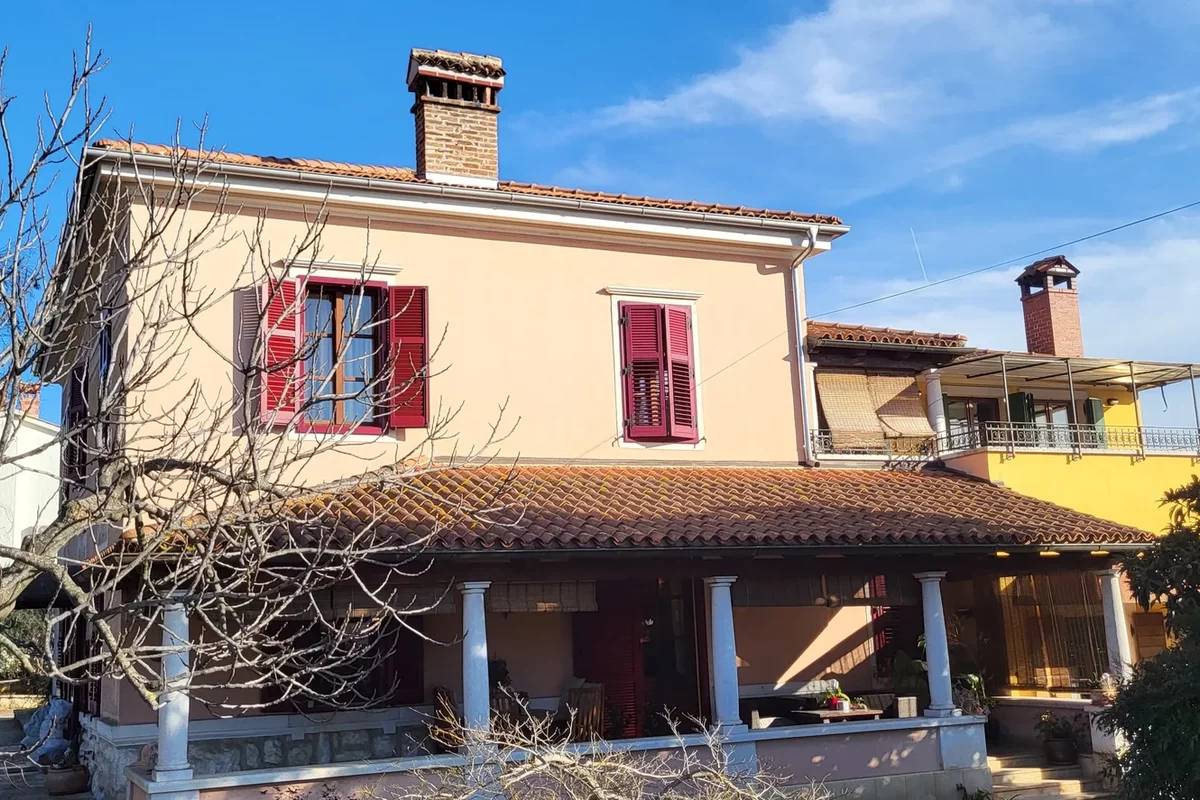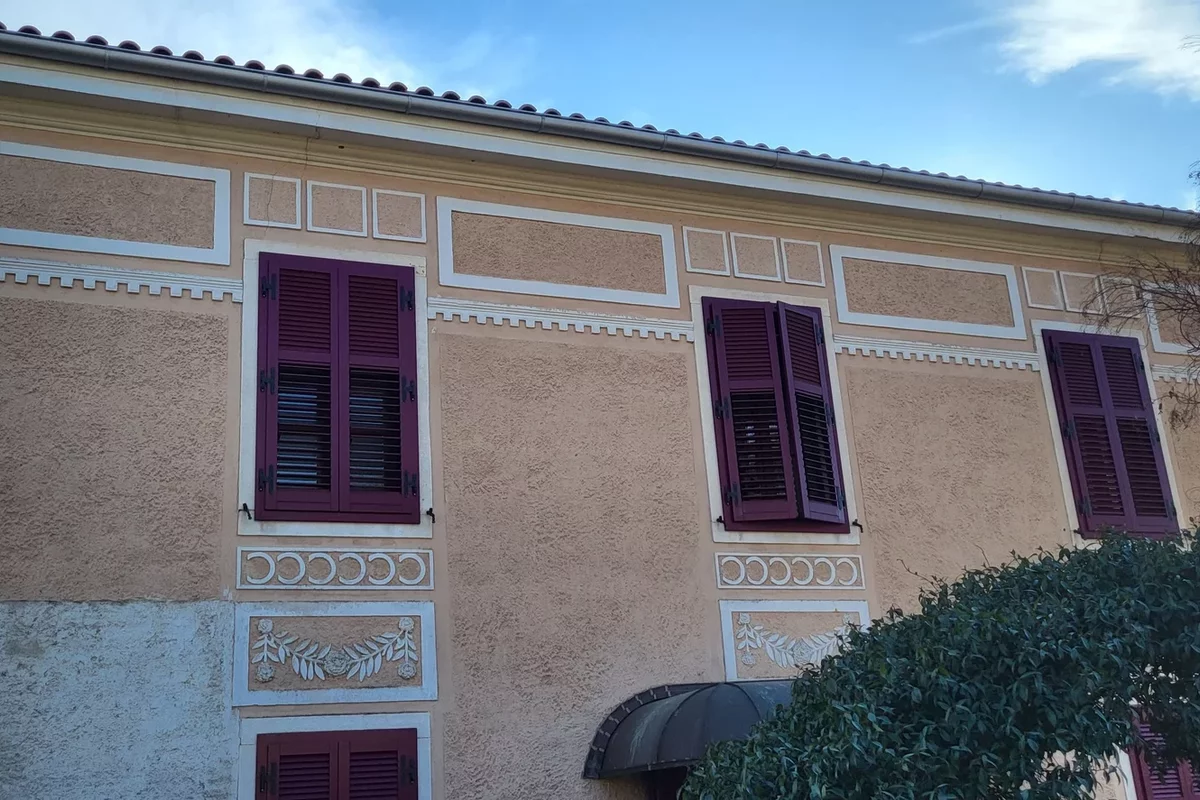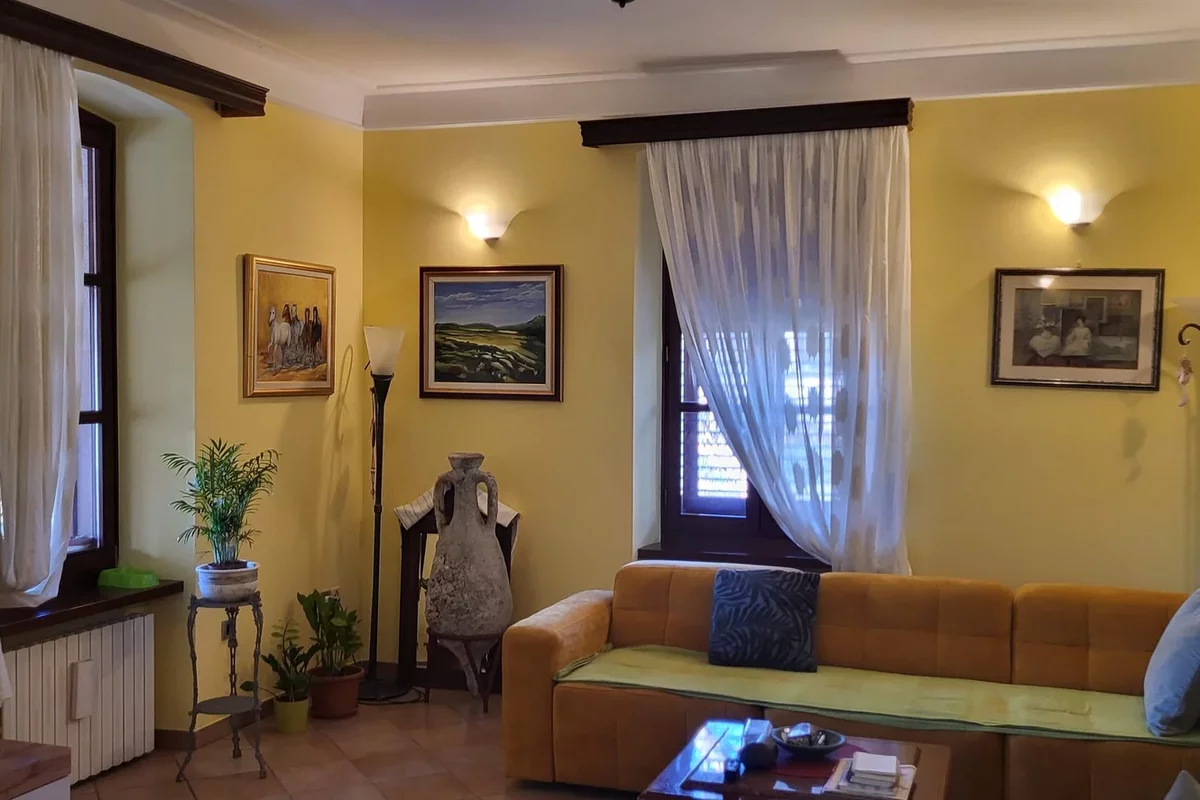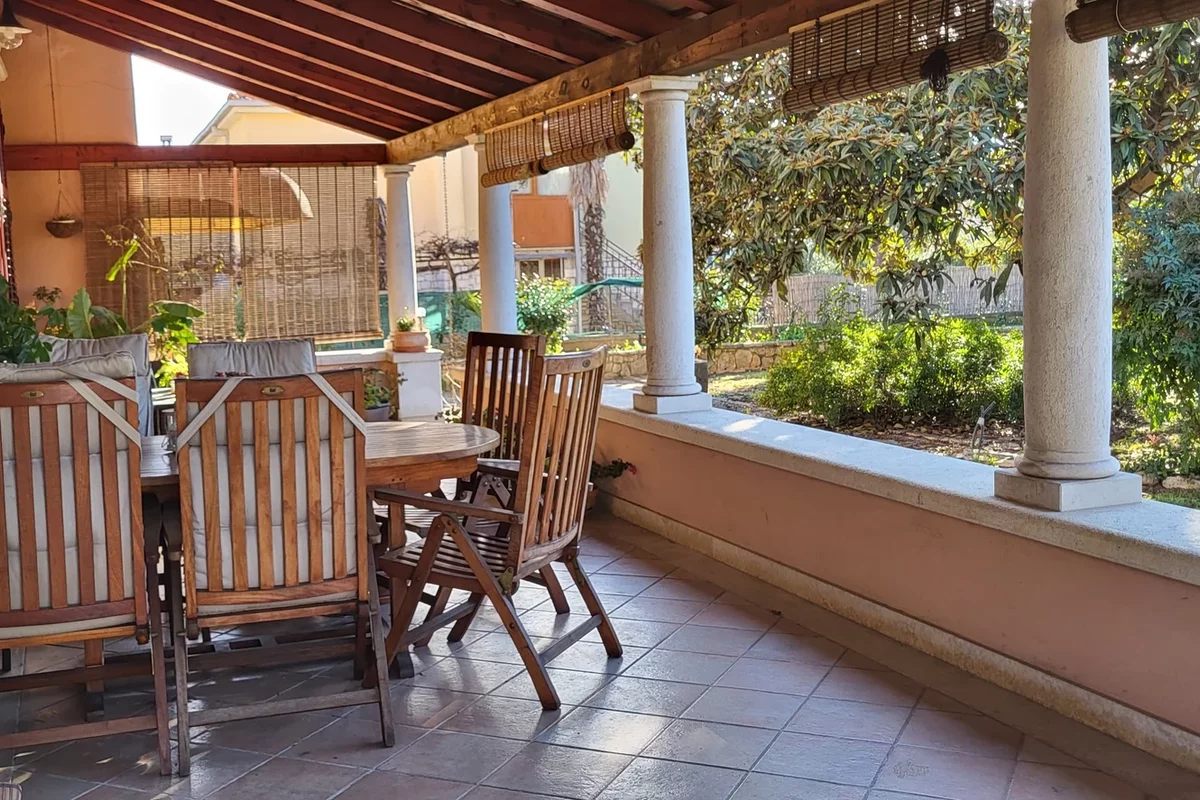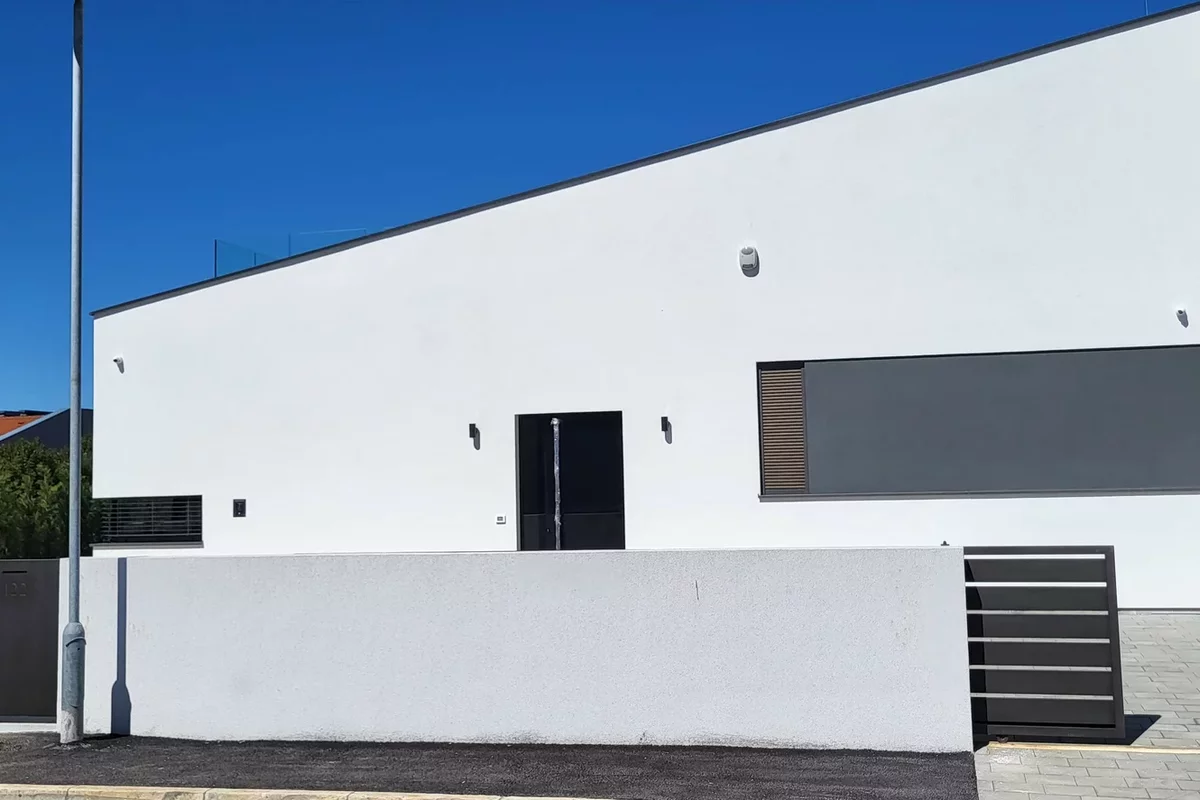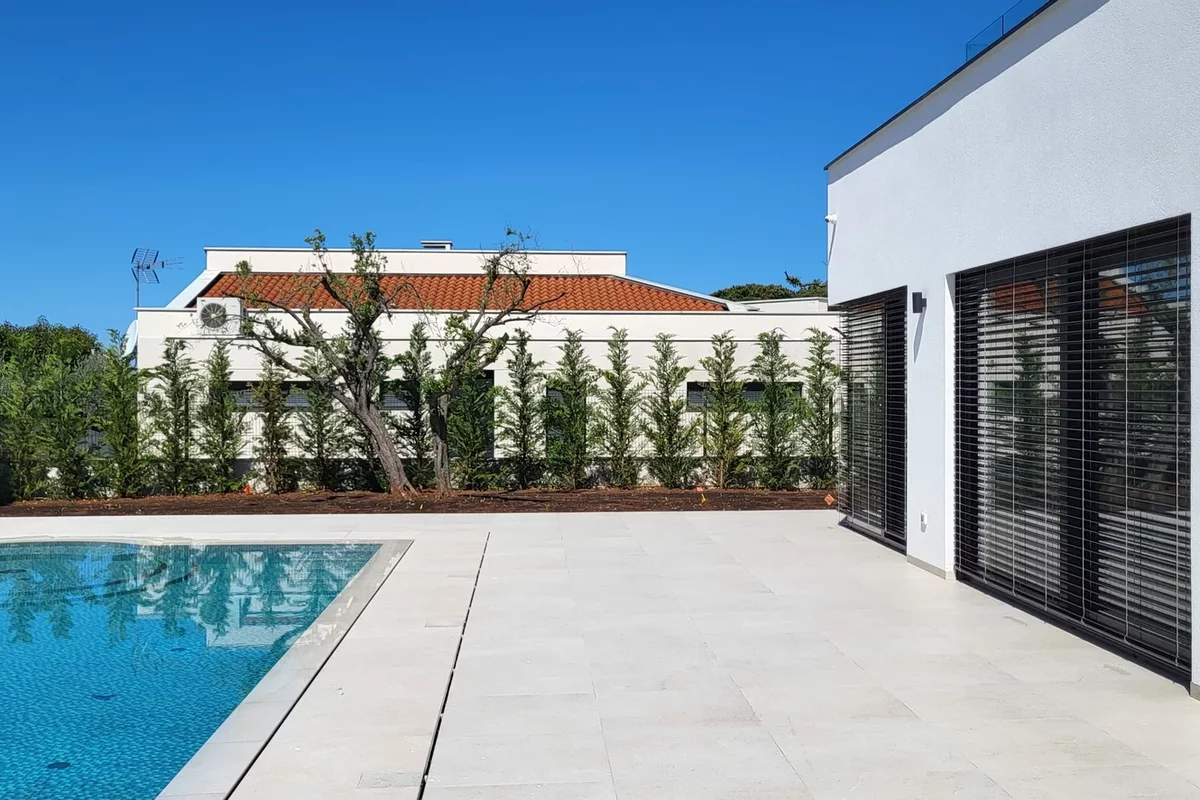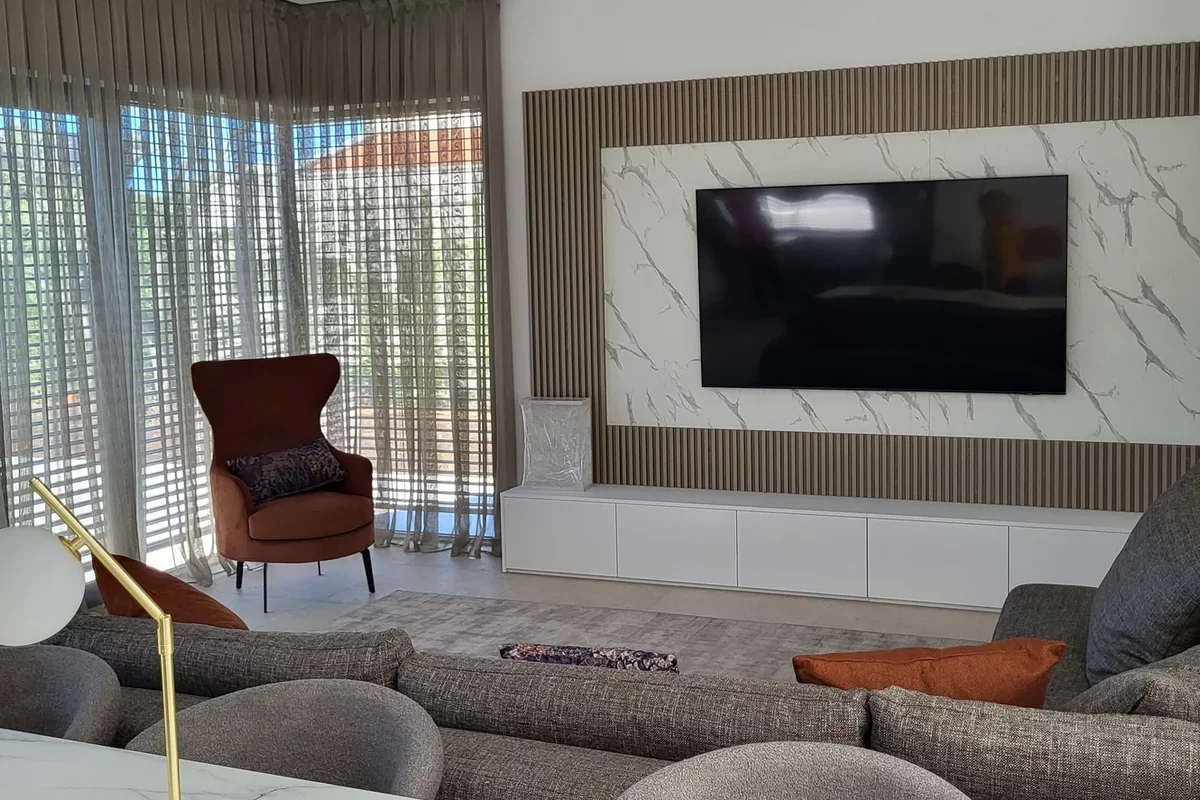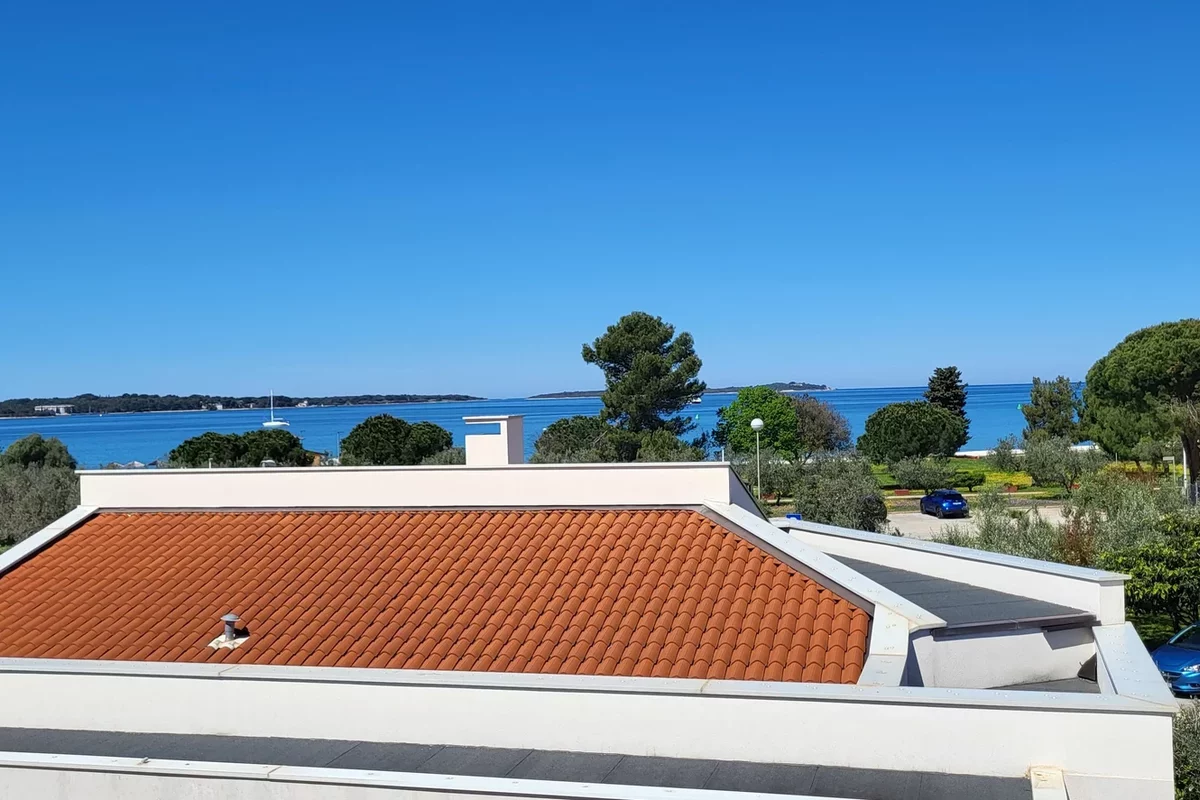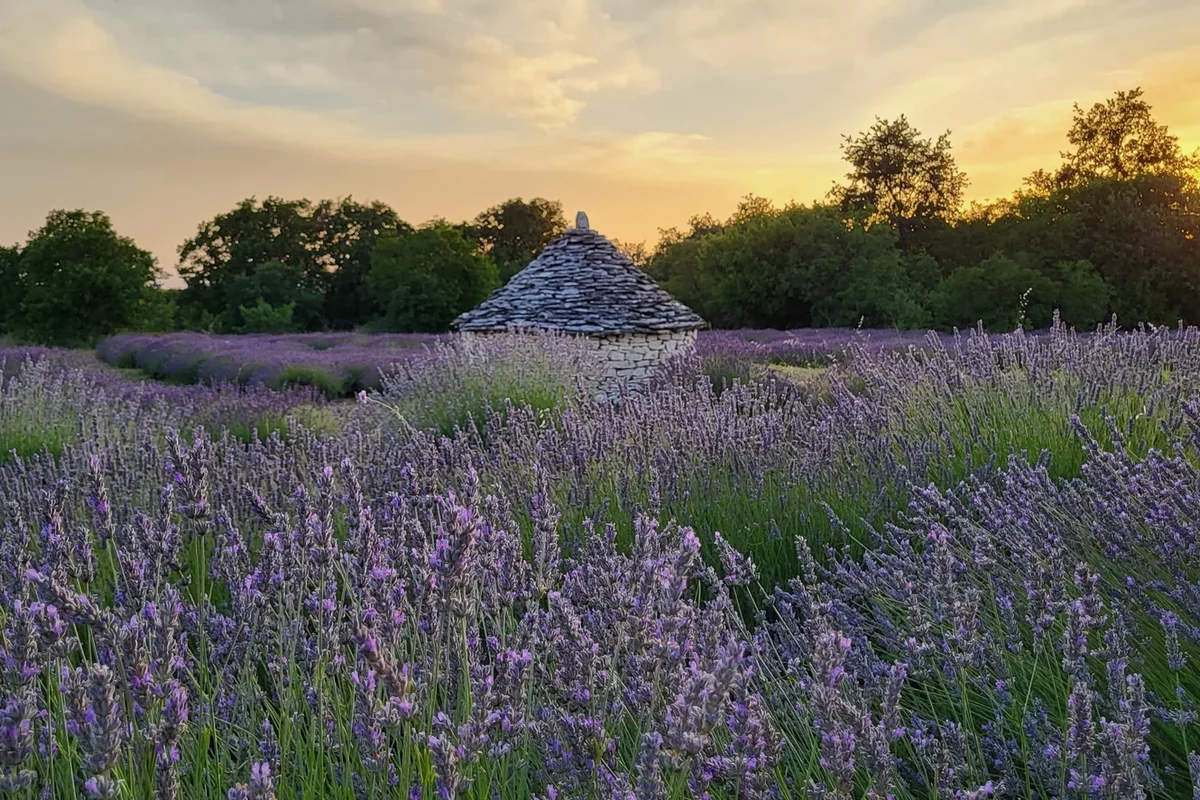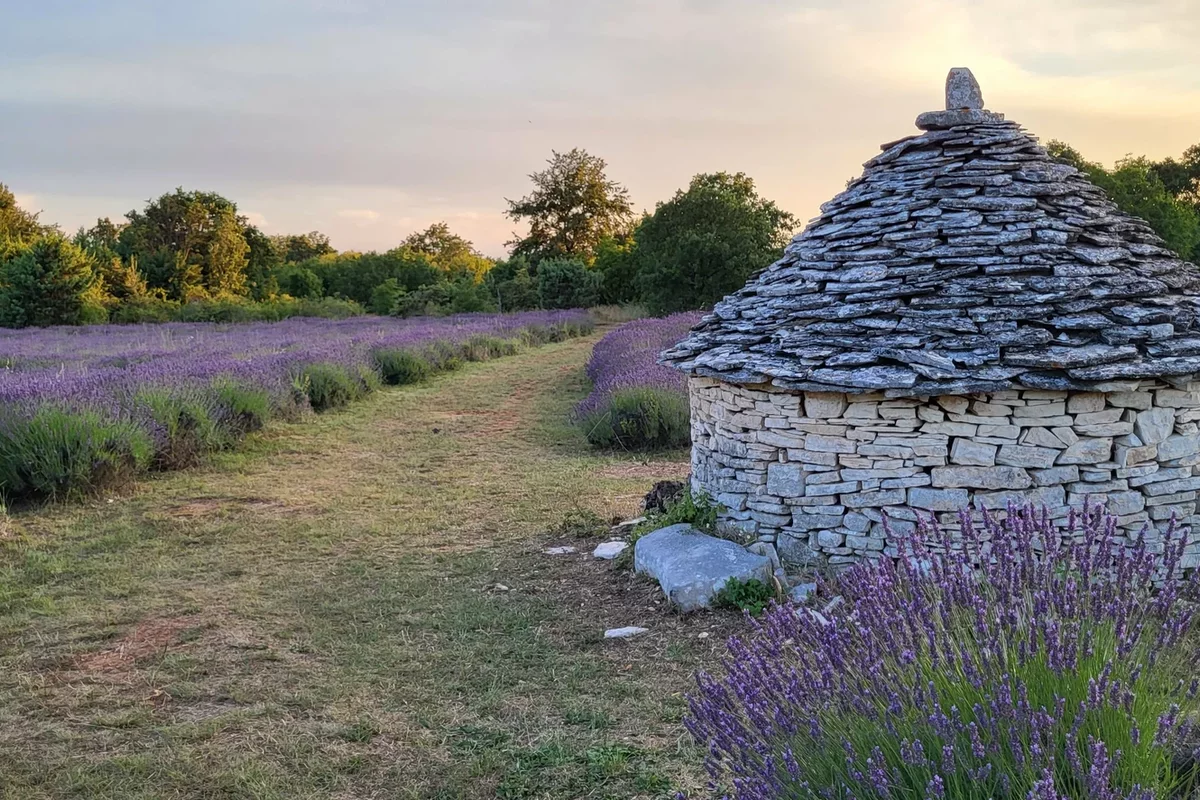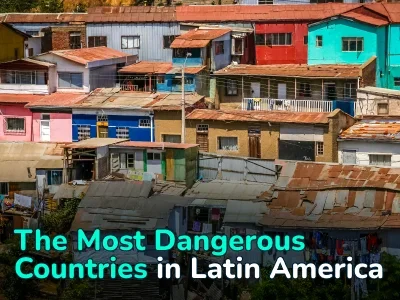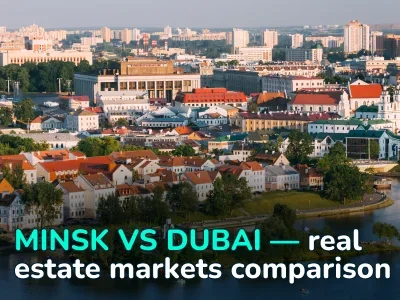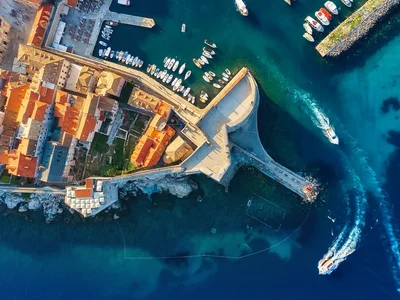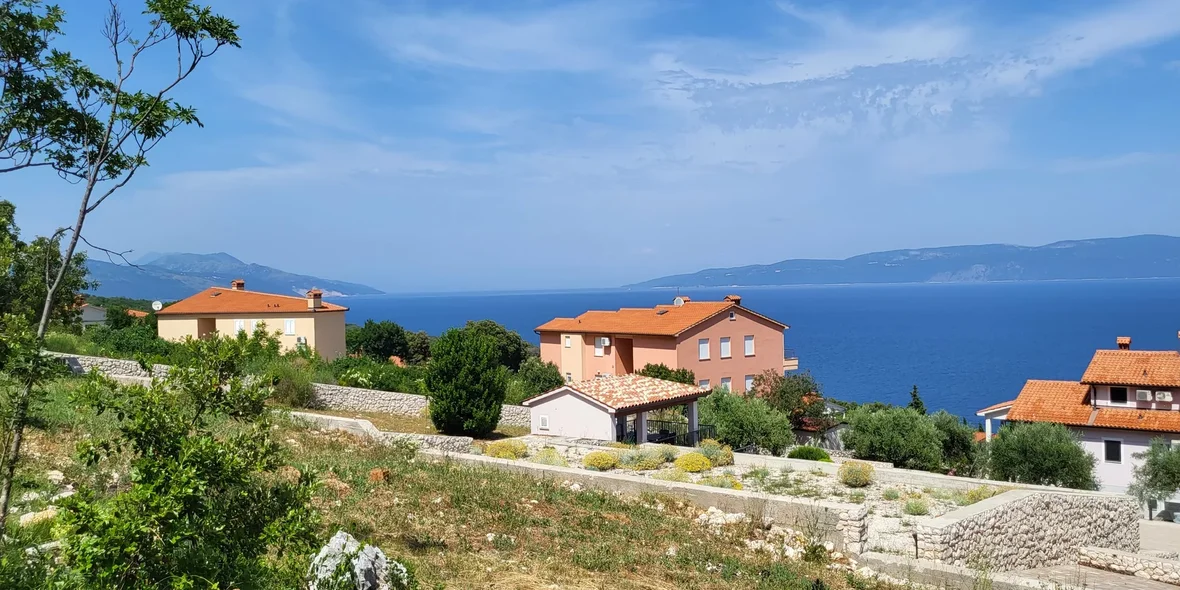
“Croatia is still a very cheap destination.” What has changed in the Croatian real estate market since joining the Schengen zone?
Croatia became part of the Schengen area on January 1, 2023. What has changed in the country's real estate market in the last six months? How have housing prices changed? How does all this affect the opportunities for local residents? About all this—in our expert interview.
More than half a year ago, we already wrote an article about the Croatian real estate market, namely how foreigners can buy real estate and land there, which regions are in the greatest demand, and so on. However, since then, a rather significant event has happened for Croatia—on Jan. 1, 2023, it joined the Schengen zone. So we decided to find out what has changed in the market over the last six months, what is happening with prices now, and what we can expect in the future.
Peter Pollak and Suzana Đurica, experts from IC-REAL who advise foreign investors in Croatia, particularly on the Istrian peninsula, shared useful information with us.
“There is no big increase in real estate prices and is not foreseeable.”
— In addition to Schengen, Croatia has also been a member of the Euro-zone since January 1, 2023, so the currency is now EUR and the previous national currency, the Kuna, has been abandoned.
This did not result in any significant change or increase in price. On the contrary, it has now become easier and cheaper for foreign investors to invest in real estate because there is no longer a forced conversion when buying in Kuna. The state used to earn well there, so it has become around 1% cheaper for the buyer.
In general, the prices have not changed significantly this year either. Big price increases like in the last few years are no longer to be expected, nor are they in the future, since Croatia—especially in the coastal regions—has already reached a very high price level.
Note. Here is how much on average you can buy an apartment of 90 sq.m. in some cities in Croatia (prices are given by the service Numbeo):
- Zagreb—€260,000-€380,000.
- Split—€230,000-€315,000.
- Porec—€320,000-€420,000.350-470
- Dubrovnik—€225,000-€325,000.
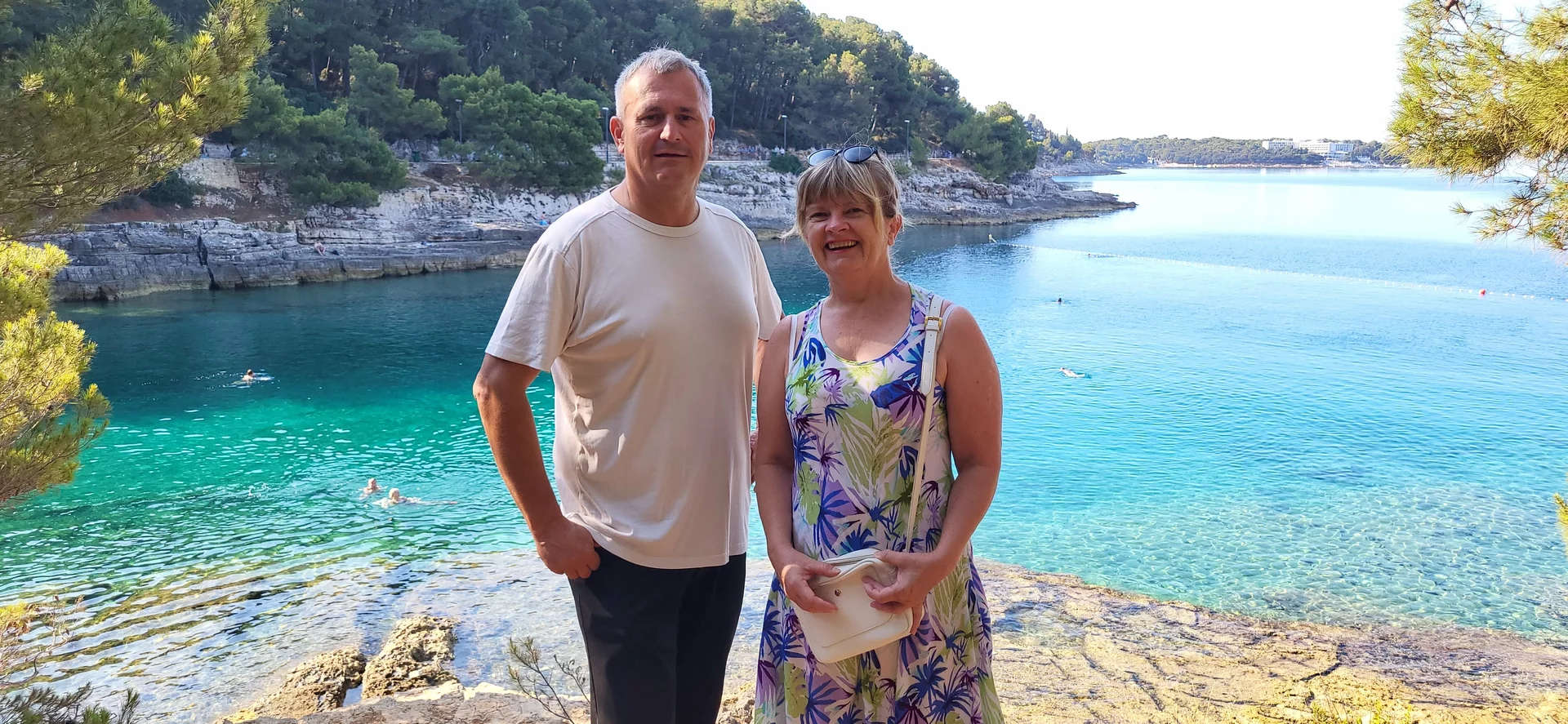
Experts Peter Pollak and Suzana Đurica
— How does the situation on the Croatian real estate market compare to the markets in other European countries? What are your observations?
— When it comes to the country's capital, Zagreb, housing prices are comparable to other European capitals, but otherwise, prices in Croatia are still lower than other European cities. This is also due to the fact that the monthly income of the local population is also at a lower level.
But there is also a completely different market in Croatia, which is the most attractive for foreigners—the coastal regions. And this is understandable: including all the islands, they comprise about 6,200 km of coastline (Istria and Kvarner Bay in the north and Dalmatia in the south). In Istria, prices are highest in Rovinj, Porec, Opatija, Medulin. The strongest region in terms of economy, scenery, culture, and cuisine is Istria. In Dalmatia, it is the area of Zadar, Split, and Dubrovnik, as well as the island of Brac.
Prices on the Croatian coast are sometimes higher than in Italy. Compared to Spain and the holiday destinations of Mallorca, Ibiza, and Marbella, Croatia is still very cheap.
And—what is important for many citizens from abroad: the secure capital investment in Croatia, far away from the local tax authorities. Over-regulation and dissatisfaction with politics are becoming too much for many citizens in countries like Germany; they come to Croatia to enjoy more freedom and quality of life.
Here is an example of how even seemingly unrealistic projects can be realized in Croatia—and quite easily and quickly, without much bureaucracy.
So, last year, one of our clients wanted to build a helipad on an agricultural estate in Rovinj. At first, we were skeptical about the possibility of such a construction, but since there were no power lines and no neighboring houses, we quickly got the green light to implement such a project.
This is what a typical stone house looks like on the Istrian peninsula in Croatia
“Buying a house in Croatia by the sea is becoming increasingly difficult.”
— What are the main goals of foreigners in the Croatian market?
— First and foremost, people are looking for a second home in the south so that they can have a good time here in the year-round Mediterranean climate. In the second place is renting, so you also have income here (you can count on 8-15% in the form of annual profit). Both can often be combined well in just one property.
The plus of Croatia is also that on its coast there are no large castles and apartment buildings, as in Spain and Italy. Thanks to this, the nature of the coast and landscape are preserved.
All this leads to a shortage of top objects with sea views, as many of them have already been sold. Consequently, such properties will continue to rise in price.
Venecian Villa in Rovinj
— Have foreigners from countries that were not previously interested in Schengen appeared on the market after joining Schengen?
— The Croatian market is mainly dominated by buyers from EU countries: 50% of tourists come from Germany and Austria (at least in the north of Croatia, in Istria).
However, since this year, on the market, there have been more and more investors from other European countries who invest in the construction of houses and launch their own projects.
By the way, mostly private buyers make the purchase entirely from their own funds or with the help of loans in their country. Financing with the help of banks in Croatia is quite a tedious venture, and interest rates are higher than, for example, in Germany.
— Have the purchasing conditions for foreigners changed in any way?
— As of July 1st, 2023, some things have changed for the purchase of agricultural land. For areas up to 10,000 m2, private citizens from the EU-area can now buy agricultural land. For larger areas, the state has a right of first refusal and will check whether foreigners can buy. However, it is advisable to set up your own company in Croatia for the purchase and operation of agricultural land anyway, and then you can buy as much agricultural land as you want. This also has the advantage that you can benefit from the high EU-subsidies (up to 70%), especially in the agricultural sector.
Note. Read more about how to set up a company in Croatia in our previous interview with experts.
Modern villa in Croatia
“There are still plenty of business niches to fill in Croatia”
— What is the situation for locals? Has it become more difficult for you to afford real estate in the country?
— This is a point that is very important to mention because all that glitters is not gold. It is becoming increasingly difficult for young families to find an apartment because everyone only wants to rent to tourists. Of course, this creates a shortage and also increases rental prices. However, this means that the construction of apartments and flats will continue to be attractive in the years to come.
— What is your prognosis for the future?
— A lot is still being built at the moment. Many houses are also available for tourist rentals. How will the market develop when there is an oversupply of villas for rent and vacancies, and construction activity for houses and villas decreases? This is a question that tourism professionals in particular should ask themselves—because after Corona, people react quickly again on the market and use the whole world to travel! Today in Croatia, tomorrow in Thailand, and the day after tomorrow in the Caribbean.
But there are still many niches in Croatia that will probably represent a better business model than tourist rentals in the future: housing for the local population, retirement homes and assisted living for seniors, parking garages, wellness centers, and spa hotels—to name just a few.
Lavender fields on the Istrian peninsula
Photo: Peter Pollak
Author
I am responsible for editorial work. I write expert interviews and guides.








